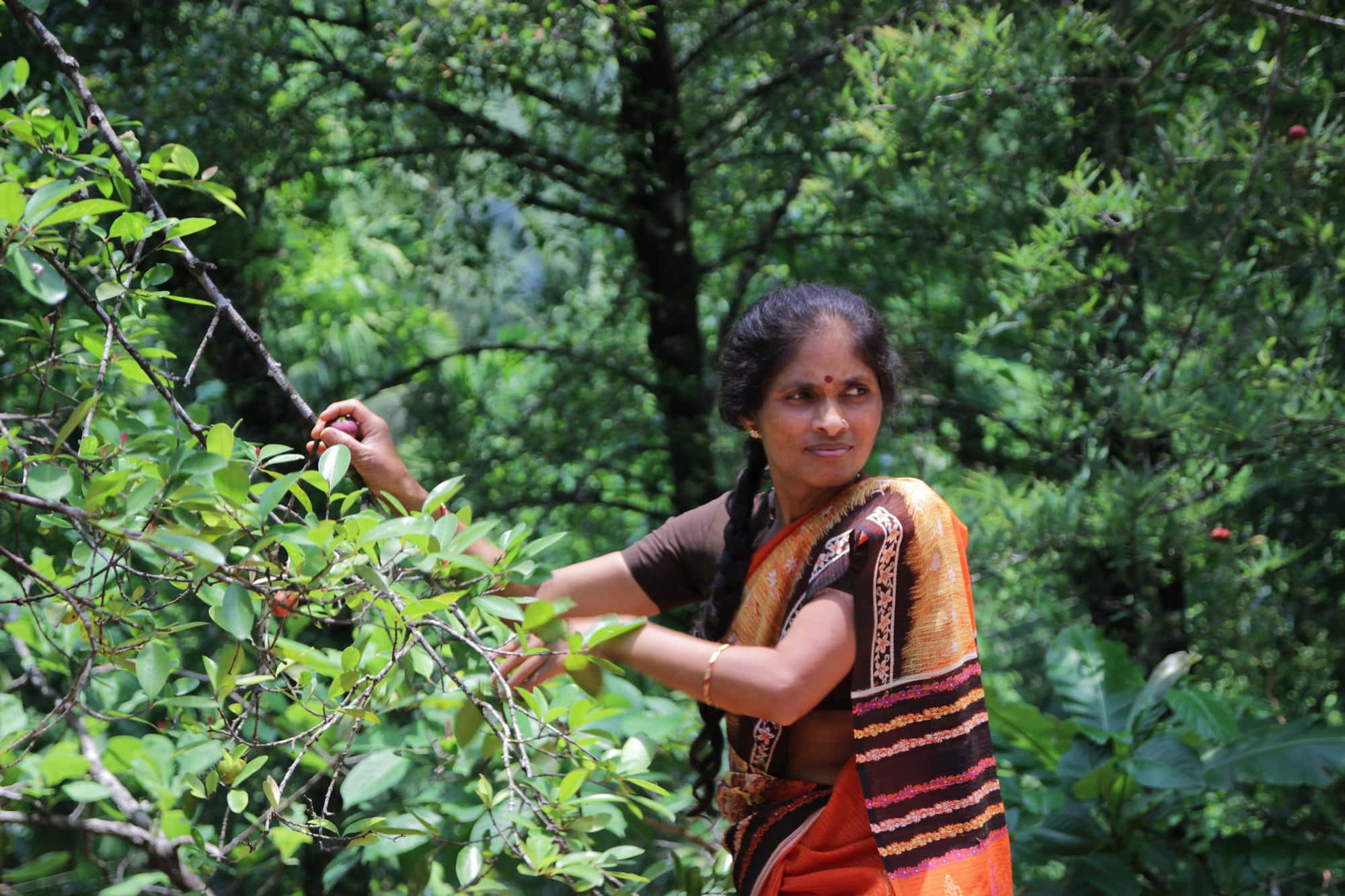International Forests Day: The crucial value of India’s common lands
- From
-
Published on
19.03.21
- Impact Area

BY HARPINDER SANDHU, WEI ZHANG, HAGAR ELDIDI AND RUTH MEINZEN-DICK
Common lands, whether communal forests, pasturelands, or wetlands located close to villages, provide a range of ecosystem services (ES) to local people and society, benefits also known as nature’s contributions to people. They are sources of clean air and water, food and fuel, livelihoods, cultural inspiration, and spiritual fulfillment. According to one estimate, 2.5-3 billion people around the world depend on commons for their livelihoods and to fulfill recreational or spiritual needs. In semi-arid districts in central India, the proportion of income among rural families that is based directly on common-pool resources (CPRs) was estimated at 15%-25%, while even higher estimates were found for African samples. Further, CPRs also offer protection against agricultural risks and are sometimes the only assets to which the otherwise disenfranchised (e.g., the landless) have access. Understanding relationships between these commons and the provision of ES is crucial in order to manage them more sustainably.
Despite these vital contributions, policy makers in India tend to perceive the commons as “wastelands” because their economic value is unknown. A very partial 2001 estimate suggests that land-based commons contribute $5 billion annually to the income of poor Indian households. But the economic value of India’s commons is likely much greater.
Photo credit: E. Hermanowicz/Bioversity International
Related news
-

ICRISAT to Deliver World-Class Services as CGIAR’s Breeding Resources South Asia Hub
International Crops Research Institute for the Semi-Arid Tropics (ICRISAT)07.07.25-
Biodiversity
-
Food security
Strategic collaboration to scale innovation and deliver harmonized, high-quality support across CGIA…
Read more -
-

Multifunctional Landscapes that reconcile food production, with ecosystem restoration and biodiversity conservation
Multifunctional Landscapes Science Program06.07.25-
Biodiversity
-
Environmental health & biodiversity
The CGIAR Multifunctional Landscapes Science Program (MFL SP) is driven by a bold vision of…
Read more -
-

Harnessing digital tools in securing soil health for Africa’s food future
Sehlule Muzata27.06.25-
Climate adaptation & mitigation
-
Environmental health
-
Nutrition, health & food security
-
Poverty reduction, livelihoods & jobs
Nairobi, 27 June 2025 (IITA) - As it marks its first anniversary, the Regional Hub…
Read more -
